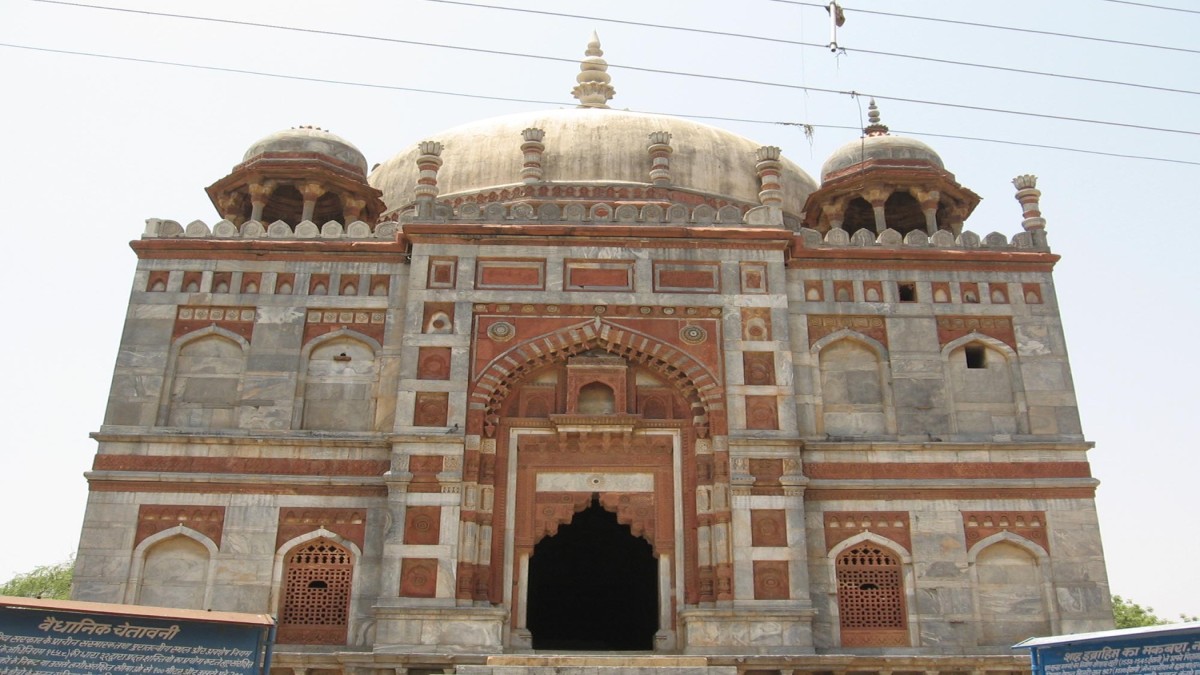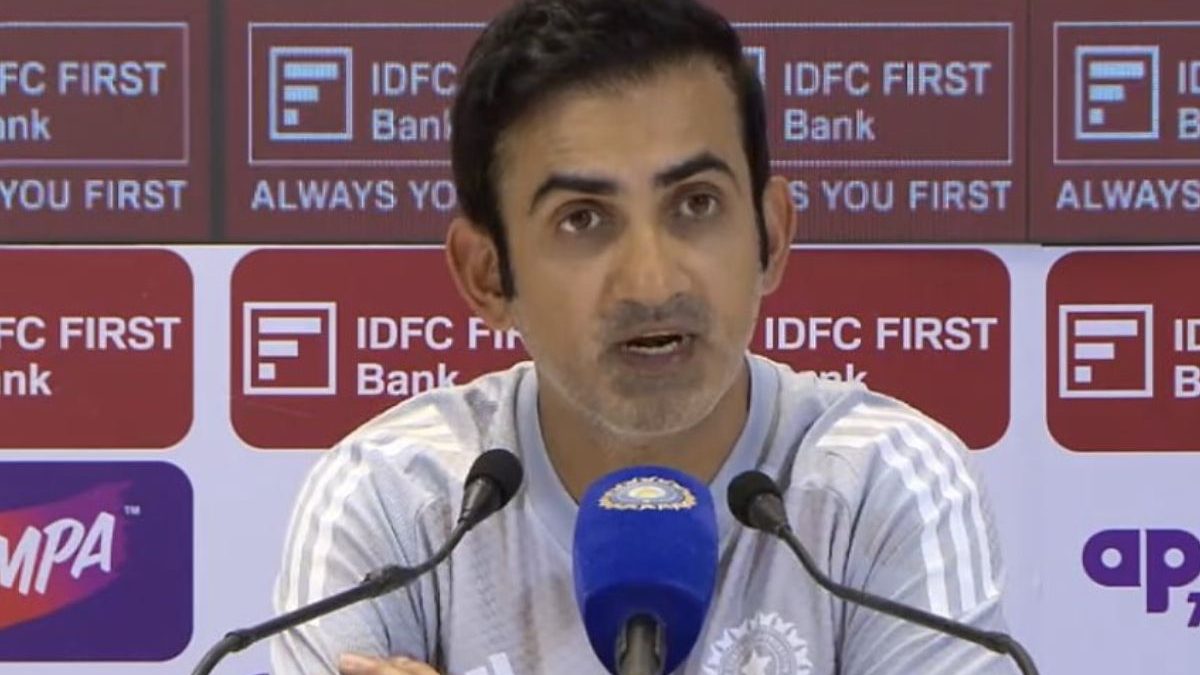Travellers from Delhi and Gurgaon headed to visit the painted havelis of Rajasthan’s Shekhawati region tend to drive past Narnaul. To them, it is just another of Haryana’s dusty towns, perhaps devoid of interest. Narnaul’s connections with Delhi of the past and present lie deep and need careful examination. A logical starting point lies on a stretch of road in Delhi.
To everyone moving from South Delhi towards the airport, ‘Rao Tula Ram Marg’ is familiar signage. But in a city that is dotted with roads named after obscure characters from the past, this is merely one more name to add to the list. It is a pity that the Rao is today a forgotten figure. Originally a zamindar in the region around Rewari-Narnaul, he joined the rebellion of 1857. Leading a force of several hundred, he deposed the British-appointed tehsildar of Rewari and occupied the town.
This was the period when rebel sepoys had taken control of Delhi and British forces were fighting to recapture the old imperial capital. At this juncture, Rao Tula Ram sent a considerable amount of money along with food supplies to Bakht Khan, commander of the rebels in Delhi, to keep them supplied. Unfortunately, while Delhi fell to the British, Rao Tula Ram also lost a battle to them at Nasibpur, on the outskirts of Narnaul, in November 1857. Forced to flee to Iran, he eventually died in Afghanistan. More than a decade later, the title of ‘Rao’ was restored to his son.
But Narnaul’s history goes deeper. Perhaps its most significant historic structure is a 16th-century tomb located in the heart of the town and accessible via a series of lanes in the increasingly congested place. Ibrahim Sur was an Afghan horse-trader who was granted Narnaul as his landholding by the Lodi kings. Years after his death, his tomb [carried as the lead picture] was rebuilt in a grand style by his illustrious grandson Sher Shah Sur.
Given that Sher Shah did not come from ‘royal’ stock, this magnificent tomb seems more an attempt to establish his own pedigree than the result of any fondness for his grandfather. The building itself, built of grey and red stone, is richly decorated with cupolas, turrets and extensive stone lattice work.
Quick Reads
View AllTrue to the Islamic tradition of building tombs in proximity to religious places, this tomb lies next to the resting place of a saint revered for centuries. Shaikh Muhammad Turk Narnauli – popularly called Shah Turkman – settled here in the 13th century. His tomb complex, which also includes a madrasa, is in dilapidated condition, though here and there one finds traces of elegant decoration.
Even older than the tomb of Sher Shah’s grandfather is the Chor Gumbad, at the northern edge of the town. A huge tomb built during the reign of Feroz Tughlak (reign 1351-88) by an Afghan noble, Jamal Khan, as his tomb, it later became a hideout for thieves, thus the unusual name. Between the thieves and more recent vandals, the tomb suffered immense damage but has seen restoration in recent years.
The town probably peaked during the reign of Mughal emperor Akbar. He established a mint here and visited the town himself, along with his nobles Todar Mal and Khwaja Shah Mansoor. The objective perhaps was to improve coin casting techniques. A special coin named ‘Jalali’ was issued by Akbar from Narnaul itself. The town’s golden phase lasted almost a century from the 1550s. It also saw a magnificent baoli, or stepwell, being built here. The town also has a heritage structure called ‘Birbal ka chatta’, indicating that Akbar’s key courtier Birbal may also have resided here for some time.
During this period, the longest-reigning governor of Narnaul was Shah Quli Khan, who was in the saddle for a period of 42 years. In the Second Battle of Panipat, a victory which cemented Akbar’s reign and restarted the Mughal rule in North India, Quli Khan is said to have played a key role. He wounded Hemu, commander of the opposing force. The governorship of Narnaul was one of his rewards. Interestingly, Hemu’s descendants also found a place in the vicinity of Narnaul.
In the tradition of those times, Quli Khan built his own tomb here during his lifetime and was eventually buried within. The tomb now finds itself in an agricultural area at the edge of the town. It may once have been a garden complex, but all traces of the Mughal Garden have long since disappeared. The garden was entered into by a gateway – a ruined gateway called the Tripolia still stands, its distance from the tomb making them look like two unrelated structures.
A short walk away brings a visitor to Narnaul’s most visually arresting structure, especially if one comes just after a good monsoon. The Jal Mahal, or water palace, stands in the middle of a large water tank. Built by Quli Khan during his administration of the town, the water palace is accessed from the bank by a causeway and leaves a visitor surprised. The ceiling is painted in golden colours with patterns comprising flowers and geometric patterns. Given the passage of time, it is amazing that the painted ceiling patterns have lasted for more than four centuries.
The place also leaves you a bit sad given its state of neglect. The Jal Mahal could become the setting for an iconic sound and light show, and Narnaul could have more heritage walkers from the national capital. Perhaps that will make the town’s heritage structure more relevant to Narnaul’s population, for whom Sher Shah Sur, Akbar, Rao Tula Ram and Quli Khan are distant memories.
(The author is a heritage explorer with a penchant for seeking obscure sites. A brand consultant by profession, he tweets @HiddenHeritage. Views expressed in the above piece are personal and solely those of the author. They do not necessarily reflect Firstpost’s views.)


)

)
)
)
)
)
)
)
)



